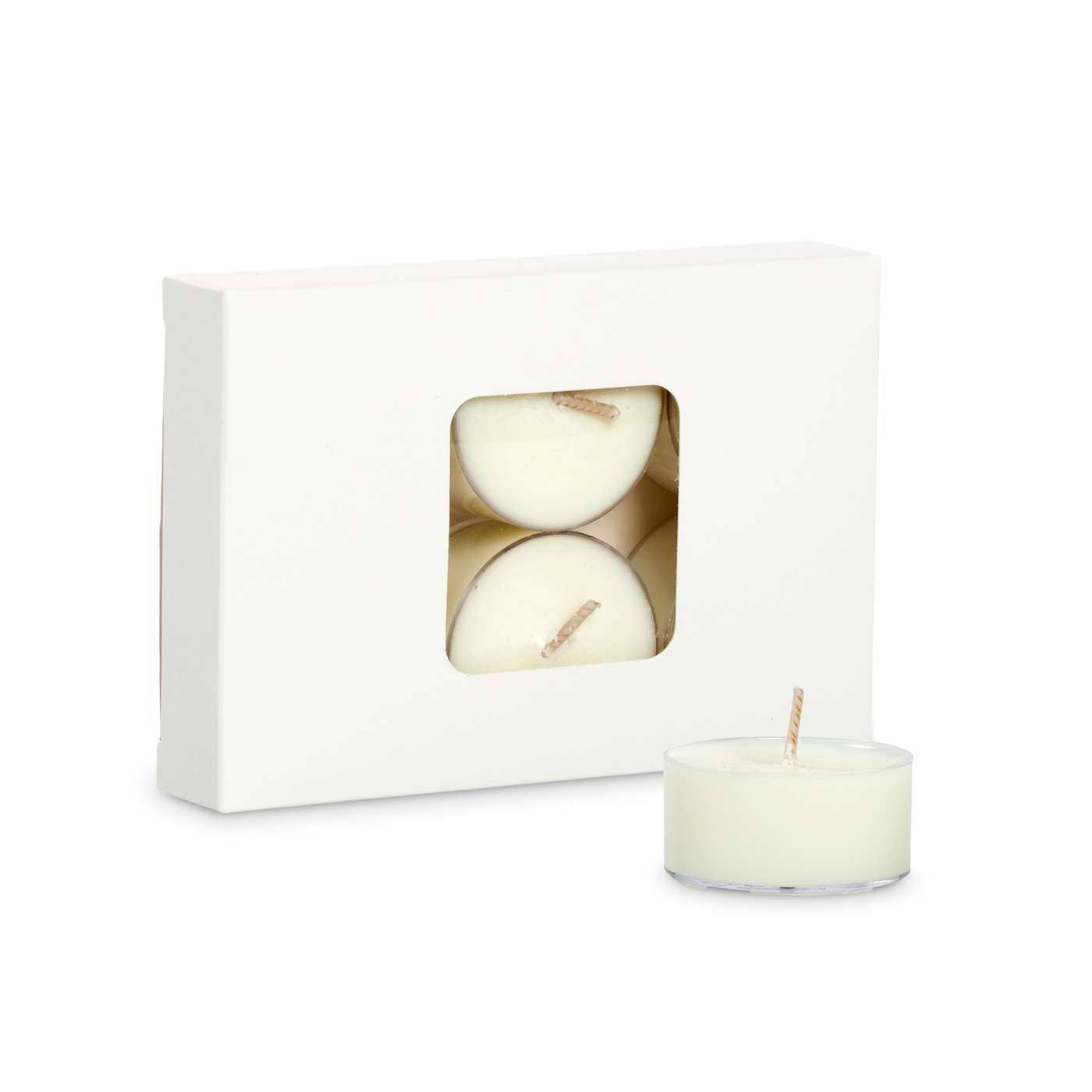Explore the Globe of Crystal Soy Candles and Home Fragrance Thrills
Explore the Globe of Crystal Soy Candles and Home Fragrance Thrills
Blog Article
From Wick to Wax: Comprehending the Chemistry Behind Soy Wax Candles and Their Environmental Impact
As we illuminate our spaces with the cozy radiance of candles, there exists a realm of elaborate chemistry behind the seemingly straightforward act of lighting a soy wax candle. The choice between soy and paraffin wax prolongs past mere aesthetic appeals, delving into the world of environmental effect and the extremely composition of the materials. Comprehending the molecular structure of soy wax and its burning procedure clarifies the emissions released right into our environments. Join us as we decipher the scientific complexities behind soy wax candle lights and explore their ramifications on our environment.
Soy Wax Vs. Paraffin Wax
When comparing soy wax and paraffin wax for candle light production, it is important to comprehend the unique characteristics and benefits of each material. Soy wax is an all-natural, renewable source acquired from soybean oil, making it biodegradable and green - home fragrance. On the other hand, paraffin wax is a by-product of petroleum refining, which elevates concerns about its environmental effect and sustainability
Soy wax candles burn cleaner and release much less soot compared to paraffin wax candle lights, making them a healthier option for indoor air quality. Furthermore, soy wax has a lower melting point, enabling a longer-lasting candle light that distributes fragrance extra successfully. Paraffin wax, on the various other hand, often tends to shed faster and much less cleanly, potentially releasing dangerous chemicals right into the air.
From a sustainability viewpoint, soy wax is favored for its biodegradability and eco-friendly sourcing, lining up with the growing consumer preference for ecologically mindful products. While paraffin wax has been a traditional choice in candle light making as a result of its cost and convenience of use, the shift towards environment-friendly options like soy wax is acquiring momentum in the sector.
Chemical Make-up of Soy Wax

Combustion Process in Soy Candles
The chemical composition of soy wax straight affects the burning process in soy candle lights, impacting aspects such as shed time, fragrance launch, and environmental impact. When a soy candle light is lit, the heat from the fire melts the wax near the wick.
The combustion performance of soy candles is affected by the purity of the soy wax and the top quality of the wick. Additionally, soy wax candles have a reduced environmental effect compared to paraffin candles due to their naturally degradable and eco-friendly nature.

Environmental Advantages of Soy Wax

Taken into consideration a lasting alternative to standard paraffin wax, soy wax supplies remarkable ecological benefits that make it a preferred option amongst eco-conscious consumers. Soy wax burns cleaner and produces much less residue than paraffin wax, adding to better indoor air high quality and Extra resources decreasing the requirement for cleansing and maintenance. Overall, the ecological advantages of soy wax straighten with the growing need for lasting and eco-friendly items in the market.
Recycling and Disposal Factors To Consider
Reusing and correct disposal of soy wax candles play an important function in maintaining ecological sustainability and lowering waste in households and neighborhoods. When it comes to reusing soy wax candle lights, the initial action is to make sure that the candle has actually burned completely.

In terms of disposal, if recycling is not an alternative, soy wax candles are eco-friendly and can be safely gotten rid of in a lot of home waste systems. It is constantly suggested to inspect with neighborhood reusing facilities or waste administration services for certain standards on candle disposal to make sure appropriate handling and environmental defense.
Final Thought
In conclusion, the chemistry behind soy wax candles exposes their environmental advantages over paraffin wax candle lights. Soy wax, acquired from soybean oil, burns cleaner and produces less soot when compared to paraffin wax.
When contrasting soy wax and paraffin wax for other candle light making, it is crucial to understand the distinctive characteristics and benefits of each product (home fragrance).Soy wax candle lights melt cleaner and discharge much less soot contrasted to paraffin wax candles, making them a healthier selection for interior air quality.Taken into consideration a sustainable alternative to standard paraffin wax, soy wax uses notable environmental advantages that make it a preferred selection among eco-conscious consumers. Soy wax burns cleaner and produces less soot than paraffin wax, contributing to much better indoor air high quality and reducing the requirement for cleaning and maintenance.In conclusion, the chemistry behind soy wax candle lights reveals their ecological benefits over paraffin wax candles
Report this page